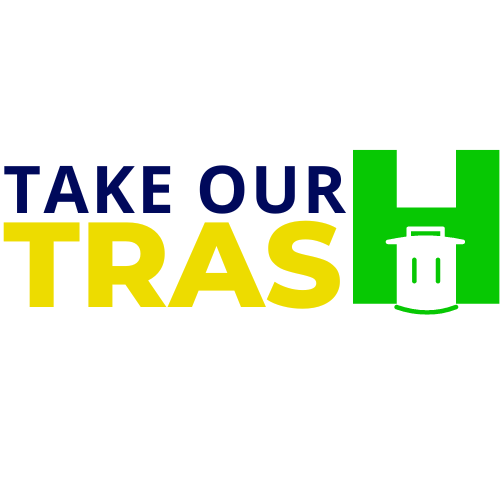When it comes to decluttering, decision-making can be the hardest part. You pick up an item, debate whether to keep it, and before you know it, you’ve spent 10 minutes on a single object.
That’s where the 20/20 Rule comes in—a simple guideline that makes it easier to let go of items you don’t really need.
What Is the 20/20 Rule?
The 20/20 Rule was popularized by The Minimalists as a way to help people overcome the “just in case” mentality.
It works like this:
If you’re hesitant to let go of something, ask yourself—
“Can I replace this for less than $20 and in less than 20 minutes?”
If the answer is yes, you can safely let it go.
Why the 20/20 Rule Works
Many of us keep items out of fear that we might need them someday. But the 20/20 Rule shows that replacing most things is quick, inexpensive, and rarely worth the space they take up in your home.
Benefits of Using the Rule
- Reduces Decision Fatigue: Gives you a clear yes-or-no guideline.
- Speeds Up Decluttering: Less time spent debating each item.
- Frees Up Space: Helps you let go of low-value, easily replaceable objects.
How to Apply the 20/20 Rule
1. Pick an Item You’re Unsure About
Could be a kitchen gadget, old charger, or extra blanket.
2. Ask the Two Questions
-
- Can I replace it for under $20?
- Can I get it within 20 minutes from home?
3. Decide with Confidence
If both answers are yes, it’s probably not worth keeping.
Examples of Items the 20/20 Rule Works For
- Duplicate kitchen tools
- Outdated electronics
- Extra cords and cables
- Cheap storage containers
- Low-cost clothing accessories
When the 20/20 Rule Doesn’t Apply
The rule works best for low-cost, easily replaceable items—but it’s not ideal for:
- Sentimental keepsakes
- High-value items
- Irreplaceable heirlooms
Pair It with Other Decluttering Methods
You can combine the 20/20 Rule with:
- The KonMari Method (keep only what sparks joy)
- The One-Year Rule (if you haven’t used it in a year, let it go)
- The Four-Box Method (keep, donate, sell, trash)
Final Thoughts
The 20/20 Rule isn’t about encouraging waste—it’s about freeing your home from unnecessary clutter while trusting that most items are easily replaceable if truly needed.
By using it, you’ll find decluttering becomes faster, easier, and less emotional—helping you create a more organized and peaceful home.

